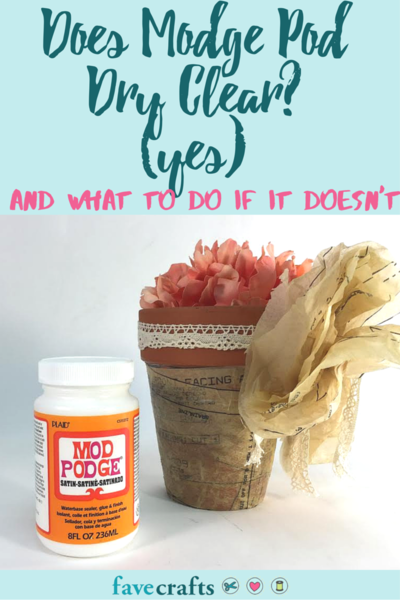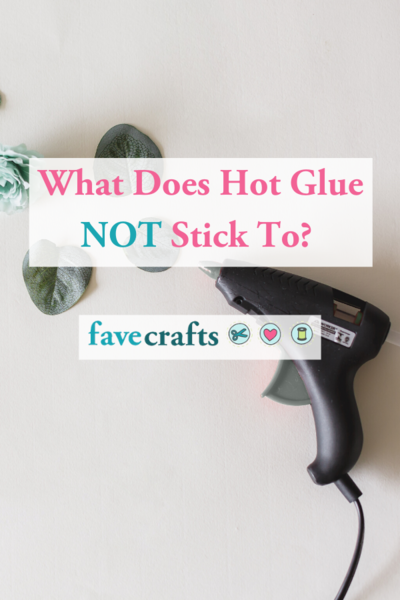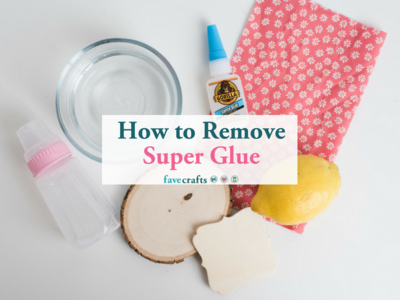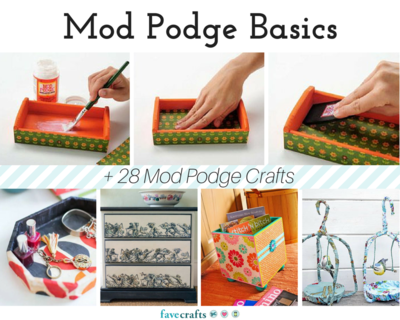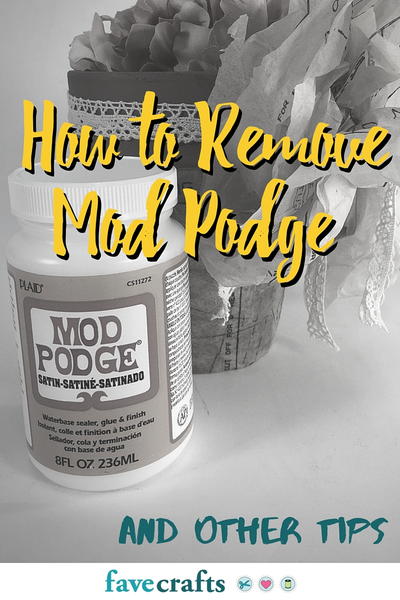Dry Embossing Techniques
Dry Embossing is used to raise a surface with templates/stencils. Achieve an elegant and sophisticated look with just a little effort, light, and a stylus.
Dry Embossing
Materials
- Paper: The thicker the paper the more raised your design will be.
- Template: Bass templates, stencils, and even a homemade design cut from heavy weight paper will do. Light Source: Either a light table or sunny window
- Stylus: An embossing stylus, it looks like a small pencil with a round metal ball at one end, however, you can also use the tip end of a small paintbrush, tip end of a crochet hook or a dull ended knitting needle.
- Optional: Drafting tape or other low tack tape to hold template in place on light box or sunny window.
Step-by-Step
- Attach template to your light source. Either hold in place or tape in place.
- Cover the template with your paper. You must be able to see the template and the outline of the design. The design will be viewed (or finish) in the reverse of what you are seeing on the light source. Remember this especially when dry embossing any lettering.
- Simply outline the design with your stylus. Press firmly, but do not rip the paper. You only need to press down the outline--your stylus will be placed to touch the stencil.
- Lift paper off the light source and turn over. The design should be raised against the background.
- The rest is left to your imagination so have fun! The design can be painted with acrylics, washes, markers, color pencils, or watercolor pencils. Make scrapbook page embellishments, cards, stationary and so much more. This is a great technique for children too.
Tips
- Before embossing the paper, rub wax paper (or your fingers) over the paper. This helps prevent tearing.
- Be aware that on vellum paper, the vellum will lighten or whiten as you move your stylus around the template.
- Store brass templates in an airtight zip-lock plastic bag to prevent rusting.
- Make your own templates by cutting out designs or patterns from heavyweight paper.


